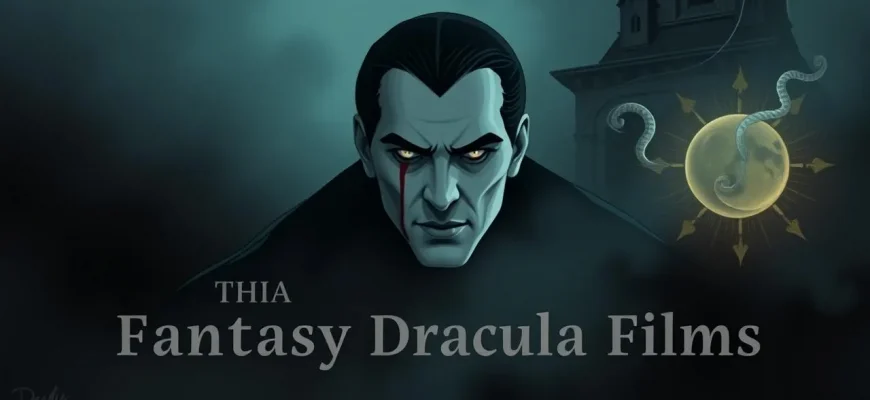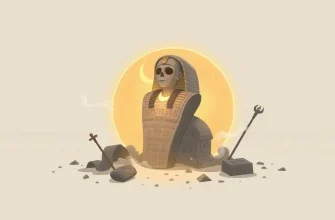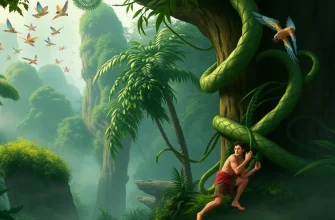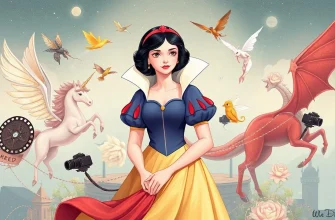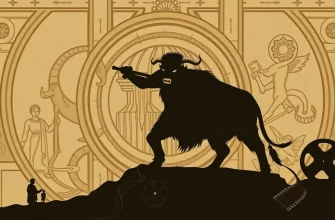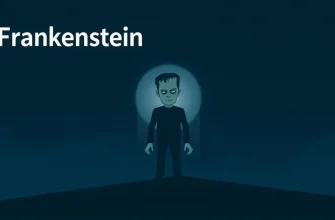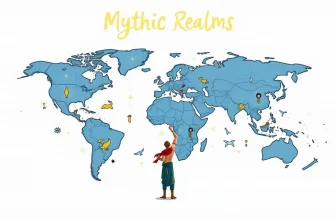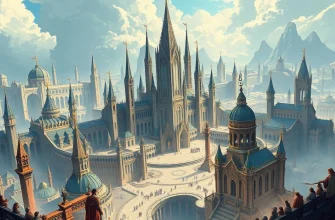Dracula, the iconic vampire, has been a staple in fantasy cinema for decades, offering endless interpretations of his dark legend. This curated list brings together ten films that explore Dracula's mythos through the lens of fantasy, providing viewers with a blend of horror, romance, and supernatural elements. Each film in this collection not only reimagines the vampire archetype but also adds layers of fantasy that enrich the narrative, making it a must-watch for fans of the genre.

Dracula (1931)
Description: This classic film by Tod Browning set the standard for Dracula portrayals, with Bela Lugosi's iconic performance. It's included for its foundational role in vampire cinema, blending gothic horror with early fantasy elements.
Fact: Bela Lugosi was so closely associated with Dracula that he was often typecast in similar roles. The film was released in both English and Spanish versions, shot simultaneously.
 Watch Now
Watch Now 
The Monster Squad (1987)
Description: While not solely about Dracula, this film features him prominently alongside other classic monsters, offering a fun, fantasy-filled adventure for younger audiences.
Fact: The film was originally conceived as a darker horror movie but was toned down to appeal to a broader audience. It has since become a cult classic.
 Watch Now
Watch Now 
Bram Stoker's Dracula (1992)
Description: Directed by Francis Ford Coppola, this film is a visually stunning adaptation that stays true to Stoker's novel while adding layers of fantasy through its elaborate costumes and set designs.
Fact: Gary Oldman played multiple roles in the film, including Dracula at different stages of his life. The film won three Academy Awards for its art direction, costume design, and makeup.
 Watch Now
Watch Now 
Dracula 2000 (2000)
Description: This film updates the Dracula story to contemporary times, with Gerard Butler as the vampire, incorporating elements of fantasy through its modern-day setting and supernatural twists.
Fact: The film's plot reveals Dracula's true identity as Judas Iscariot, adding a unique twist to the vampire lore. It spawned two direct-to-video sequels.
 Watch Now
Watch Now 
Van Helsing (2004)
Description: Hugh Jackman stars as Van Helsing, battling Dracula in a high-action, fantasy-laden adventure that reimagines the classic tale with a modern twist.
Fact: The film's visual effects were groundbreaking at the time, especially the transformation scenes of Dracula's brides. It was one of the first films to use digital doubles extensively.
 Watch Now
Watch Now 
Dracula Untold (2014)
Description: This film explores the origin story of Dracula, blending historical fantasy with the vampire mythos, providing a fresh perspective on the character's transformation.
Fact: The film was initially conceived as the first part of a trilogy, but its box office performance led to the cancellation of sequels. It was inspired by the legend of Vlad the Impaler.
 Watch Now
Watch Now 
The Last Voyage of the Demeter (2023)
Description: Based on a single chapter from Stoker's novel, this film focuses on the terrifying journey of Dracula to England, emphasizing horror and fantasy elements.
Fact: The film was in development for over two decades before finally being released. It explores the untold story of the Demeter crew's encounter with Dracula.
 Watch Now
Watch Now 
The Invitation (2022)
Description: A modern take on Dracula, this film follows a young woman who becomes entangled with a mysterious man who turns out to be Dracula, exploring themes of seduction and fantasy.
Fact: The film was shot in Romania, adding authenticity to its setting. It was marketed as a romantic thriller with horror elements.
 Watch Now
Watch Now 
Dracula: Prince of Darkness (1966)
Description: This Hammer Horror film introduces a more fantastical element with Dracula's resurrection through a blood ritual, showcasing the studio's flair for gothic fantasy.
Fact: Christopher Lee, who played Dracula, did not speak any lines in this film, as he was unhappy with the script. The film was the first to show Dracula's staked body disintegrating.
 30 Days Free
30 Days Free 
Dracula: Pages from a Virgin's Diary (2002)
Description: A ballet adaptation of Dracula, this film blends fantasy with dance, offering a visually poetic interpretation of the classic tale.
Fact: The film was shot in black and white, enhancing its gothic atmosphere. It was directed by Guy Maddin, known for his unique visual style.
 30 Days Free
30 Days Free 
